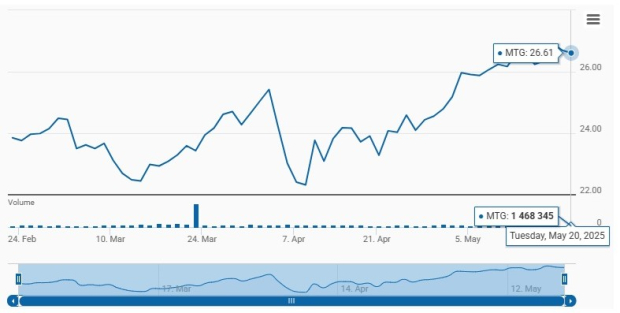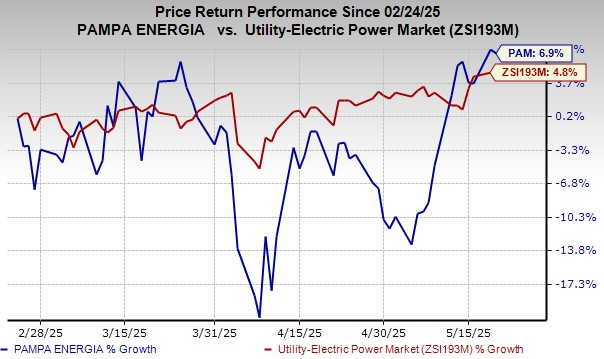Nvidia Opens NVLink Technology: Implications for Shareholders
During Computex in Taiwan last weekend, Nvidia (NASDAQ: NVDA), a leader in AI GPUs, announced a noteworthy development. The company plans to open its NVLink technology to chipsets beyond its own, introducing a product named NVLink Fusion. This move has sparked discussions on its potential impact for shareholders.
Understanding NVLink Technology
Nvidia’s vision for AI processing extends beyond individual chips. CEO Jensen Huang posits that entire server racks can function as a unified “giant chip.” Recently, Nvidia began selling the GB200 NVL72 racks, containing 72 Blackwell GPUs and 36 Grace CPUs, all interconnected using Nvidia’s proprietary networking technologies.
The core of Nvidia’s networking technology encompasses two families: NVLink, which interconnects GPUs within a server, and Infiniband, which links different servers.
Nvidia’s New Initiative
This past weekend, Nvidia unveiled NVLink Fusion, allowing manufacturers to use NVLink technology in servers that do not include Nvidia chips.
This technology can connect custom ASICs developed by major cloud companies. Notably, Marvell Technologies (NASDAQ: MRVL) has been identified as a key partner. Marvell produces custom AI accelerators for cloud giants, including Amazon’s Trainium, and develops various data center interconnect technologies.
Additionally, NVLink Fusion permits Nvidia GPUs to connect with non-Grace CPUs. Companies like Fujitsu and Qualcomm, aiming to enter the data center CPU market, are partnering with Nvidia to be included in its AI systems.
Other collaborators mentioned include electronic design automation leaders Synopsys and Cadence Design Systems, which assist chipmakers in designing chipsets and integrated systems.

Image source: Getty Images.
Motivations Behind Nvidia’s Strategy
Questions arise regarding why Nvidia is opening its NVLink technology to competitors. A closed ecosystem might compel customers to purchase complete Nvidia solutions. However, it’s essential to consider the broader context.
Nvidia has already seen significant sales of GPUs in systems without NVLink or Infiniband. However, recent earnings reports indicate that its networking equipment sales are lagging. While Nvidia’s data center semiconductor revenue surged by 116% last quarter, networking revenue declined by 9%.
Competition from legacy networking technologies, which are evolving to support AI, may be a driving factor. A consortium of technology leaders formed UALink last year, an open-source alternative to NVLink, while the Ultra Ethernet Consortium introduced an ethernet-based rival to Infiniband.
Faced with underperformance in networking sales, Nvidia may be seeking to expand its market to non-Nvidia systems.
A Defensive Measure?
Beyond market expansion, Nvidia’s move may also respond to the growing trend of custom-designed AI accelerators. While Nvidia GPUs aren’t disappearing, it’s noteworthy that the company earns a substantial gross margin of about 75% on its chips. Custom AI accelerators allow cloud companies to minimize costs, paying only around 25% of the expense of an Nvidia chip.
Despite additional R&D costs associated with creating their own chips, cloud companies find that the savings outweigh these expenses due to the high price of AI accelerators.
The market share for custom ASICs is projected to rise from 22% in 2023 to 30% by 2025. Contrarily, GPUs are expected to decline from 72% to 65% during that period, with CPUs and FPGAs representing the remaining share of AI workloads.
Implications for Shareholders
Overall, Nvidia’s strategy to engage with cloud giants’ ASIC systems appears prudent, given the anticipated shift in market share. However, the introduction of NVLink Fusion could signal potential challenges ahead for investors expecting prolonged hypergrowth in Nvidia GPUs and margins.
While Nvidia currently enjoys an advantage due to its first-mover status and software offerings, cloud providers have the resources to produce their own silicon, enabling considerable cost savings. The introduction of NVLink Fusion indicates Nvidia’s awareness of this evolving landscape.
The views and opinions expressed herein are those of the author and do not necessarily reflect those of Nasdaq, Inc.







